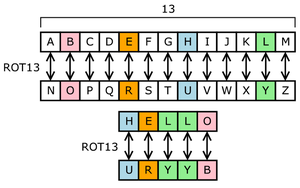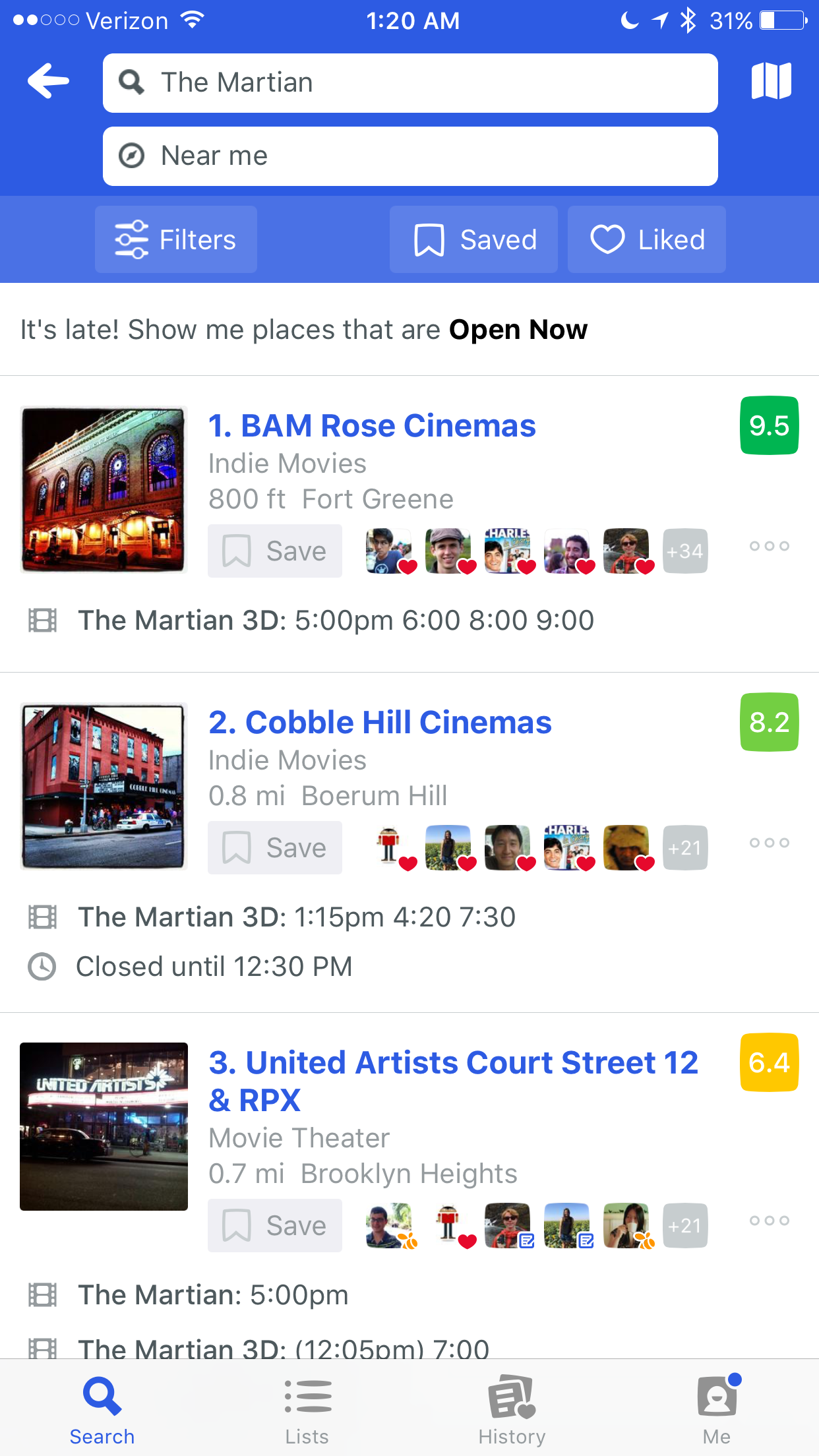Now in Yamaransa, I was on the business consulting team which is similar to the work I did in Trohilo, Nicaragua in 2013 and 2014. We set up a makeshift consulting firm in a couple of classrooms with half-built desks and lots of flies. Men and women who run local businesses come in periodically. We get to know them personally, and learn about what they do. Then we analyze their business model and come up with some recommendations.
Since the YASC group has been there before several times had been there before several times, several of the entrepreneurs had been through this before. In some cases, you get reports of incremental improvements based on changes decided upon in the previous year, which is great. But of course, the YASC volunteers can’t come up with a good plan for every group and just like back home not every plan pans out the way you’d hoped. But essentially, we try to make the most of the time we have with these people by getting to know each other, learning about their business and their goals for the future, and brainstorming ideas.
For example, one man that I met with was a tailor named Moses at the same time my fellow volunteers Faith and LaShawn met with the dressmakers next store. Now Moses told us that he had met with the volunteers last time and not much had come out of it to help his business directly – but that he had started an apprentice program. [I remember being told in translation that he said he was inspired by the help from YASC last year to start this program, but that almost seems to good to be true, so I’m going to put that as a “maybe”]. He asked if it was okay if he brings his apprentices to the meeting, and I said “sure”!
Now I had assumed that he’d be bringing three or four people – but I was surprised when about 20 people showed up! We got the impression that the dressmakers would all men women and the tailors would be men, and that was true but the apprentices were mixed in gender.
One of the things we went through successfully was pricing. Although I wish I had more time, I went through several different examples of products that could be produced by the tailors. I tend to look at three main variables: the total cost of the input materials, the price that is set for the item, and the time it takes to put it together. Similar to what we found in Nicaragua, the price often reflected the input materials but didn’t take into account labor as well. For example, the back-of-the-napkin calculation we did for a quick 1-hour shirt was 16 cedis of profit per hour, which the 3-day suit was about 3. I’d expect it to go down because the suit is guaranteed work for 3 days, but that differential seemed extreme. Moses agreed. I hope one of those 20 apprentices likes to calculate this stuff, because then maybe they can make a table for all the products for everyone!
Now while that “profit per hour” calculation is helpful, there’s definitely more I would do if I had more time. The pricing strategy once you get that information is important, because you still need to take into account how much work you’re getting (customer acquisition costs) and whether the time spent on a low-profit item is really displacing time that would be spent on a high profit one. But we needed to give the tailors and the dressmakers some time to actually sell to the group – because that generates a one-time infusion of significant business for them and I got a really cool African shirt!
There were several problems that seems to exist in common across all of the entrepreneurs, and many of these same problems existed in Nicaragua as well. First of all, in a community like this you have many customers who expect to be given goods on credit, and they end up not being able to pay. This is not such an easy problem to deal with – because if you start saying “no” to products without payment, you’re going to get pushback from some of these people, who ultimately may be family or close friends.
Another issue that comes up is how to build savings. Given the tiny amounts that people are making, it’s very difficult to put something away. Once they take care of their immediate family, people are often expected to help extended family in need as well.
In addition to my work on the business team, I was also able to see what the education team, and the group working on Yamoransa’s new ICT center was up to. I was able to sneak in a couple of math classes on Friday (August 12th), and because I needed to come up with something at the last second, I decided to talk about the handshake problem. It seemed to go pretty well – fortunately we had very exceptional translations from GhanaThink volunteers as well as from AFS Ghana throughout the whole process making this possible. I changed the handshake problem to the fistbump problem, and I had the students (age maybe 9 or 10?) get up in groups of various sizes to see how many fist bumps they need so that everyone in the group matches with everyone else. The result is a combination of fun interactive trials plus an exploration into a variety of problem solving techniques. It also introduces some ideas in computer science which I really love.
While the students didn’t seem to have enough access to mathematics enrichment, they don’t seem to have the same aversion to math that you would find in classrooms and among the general population of the United States. In several conversations, math seemed to be a subject that the people enjoyed and wanted to learn more about.
And finally – I got to organize books for the library in the newly minted ITC center. Because internet access is limited, this is being set up with old-school paper records. Some of the books looked interested since many were children’s books on a variety of scientific topics like space. Some books contained information about far away places such as Angola, or New York. I had to read the book about the latter – which seemed to take an overly positive view of Tammany Hall, and also had a section on Donald Trump as a real estate developer and reality star from 2010. I wanted to write stuff in the margins, but I stopped myself.
This new center is really remarkable – the rooms looks open and comfortable, and part of the purpose of this center is to provide computer education and literacy. Now their internet access availability is going to be very limited, but there’s still a lot that can be done. For example, thousands of books can be uploaded into e-readers. I’m really excited about the idea of having an offline version of the Khan academy available. If that’s the case, you can have a whole generation of students and teachers who have access to materials up to the college level. And I have no doubt that people will want to use it. If that’s the case, what effect does this have several years down the road? Seems like it will be very positive, but time will tell.
Finally, I know I haven’t mentioned all the great people I worked with. There are too many to list! But on the business development team, we had Lisa Unsworth leading it, and I worked closely with LaShawn Warren (we had some very interesting discussions with the breadmakers), Anke Tietz and Faith Lin (who were great with the hairdressers and dressmakers), Aric Sangruchi, Sam Blango, and Nick Mason. Also a shout out to Hamilton Barnes volunteering from GhanaThink was there the whole time translating some very complex stories back and forth, particularly with the breadmakers!




















